Tianjin Water Park
Tianjin Water Park
Tianjin Water Park, formerly known as Qinglongtan, as a scenic resort, can be traced back to the beginning of the last century. It was officially opened to tourists on July 1, 1951. It is known as Xiaoxizi in the north. It is the largest park in Tianjin. It is named Water Park because it consists of three lakes and 11 islands in the east, West and south.
Tianjin Water Park is located in the southwest of Tianjin City. It was built in 1950 and covers an area of 125 hectares. Among them, the water surface area is 75 hectares, the land area is 50 hectares, the green area is 350,000 square meters, nearly 200 varieties of garden flowers and trees, which is the largest comprehensive park in Tianjin.
A Survey of Scenic Spots
Introduction of scenic spots:
Water Park covers an area of 200 hectares, with three lakes and eleven islands. Among them, 89.2 hectares of water area is a comprehensive park featuring water scenery and water activities in Tianjin. The southern end of the park is a zoo with hundreds of rare animals.
Highlights of scenic spots:
The South and north of the park are divided into large land areas, with wide water in the middle. There are 11 islands in the water, which are connected by arch bridge, curved bridge, flat bridge and Taoliudi. The water of the lake reflects Zhuhong Pavilion, and the waves ripple in the lake. Visitors can boat around the lake. Constituting the unique water world of this park. Located in the south of the Water Park, the zoo covers an area of 50.5 hectares. There are 31 animal shelters in the park.
Major Scenic Spots
Bibozhuang
Bibozhuang, which has the charm of Chengde Summer Resort, covers an area of 23.5 Mu and is situated in the southeast of the park. It is built near the water with green bricks, grey tiles, pavilions and pavilions. It has the characteristics of the northern manor and shows the style of simplicity and magnanimity. There are 100 longevity shadow walls engraved with 100 longevity characters written by hundreds of literati in our city. Kobe Garden is adjacent to Bibozhuang, covering an area of 15 mu. The main building materials are mostly from Kobe, Japan. It is a Japanese courtyard garden. It was built in 1989 to commemorate the fifteenth anniversary of the city's friendship with Kobe, Japan. It was officially opened in October of the same year.
Liu Ting
According to Japanese gardening designers, the design symbolizes the layout of Kobe City, such as the lush hill on the north side of the garden, the Liujia Mountain in Kobe City, the small South Lake on the south side and the platform near the horizon, which symbolizes Kobe Port, and the broad and flat lawn in the middle of the garden, which symbolizes the city of Kobe. There are also five groups of Japanese-style wooden buildings in the garden. On the opposite side is the monument to the garden, which is inlaid with the inscriptions written by Comrade Li Ruihuan, then mayor of Tianjin, and Mr. Miyazaki, mayor of Kobe in 1989. A wooden pavilion built on the southeast side of the garden not only has a unique shape, but also has a very strong practical function.
It is said that in ancient Japan, this kind of wooden pavilion was built mostly on the roadside of Japanese countryside. It was built for the long-distance people to rest and shelter from the wind and rain. Japanese friends named it "Liu Pavilion". Liu is a traditional tree species in Tianjin, so the pavilion implies Tianjin.
Sakura Pavilion
To the north of the pavilion is a monument built in 1990 to commemorate the visit to Kobe by Shishan Yukio Jun, then mayor of Kobe. The monument is engraved with the poem "Visiting Kobe Garden" by Shishan Yukio Jun. In the northwest side of the park, there is a wooden house. From its exterior shape and interior furnishings, visitors can see at a glance that it is an original Japanese dwelling. Japanese friends named it "Cherry Pavilion". Cherry blossom is the national flower of Japan, so its moral is Kobe. It corresponds to Liuting Pavilion. A wooden red bridge is built in the middle of the garden road connecting the two. It stands out in the green garden. The water flowing under the bridge implies that the people of Tianjin and Kobe will be friendly from generation to generation.
Kobe Teahouse
On the south side of the Cherry Pavilion, a wooden building next to her is Kobe Tea Room, which is decorated and furnished with Japanese-style clubs, operates Japanese-style tea drinks, and has attached operating rooms. Occasionally, Japanese-style tea ceremony performances are held. Staff of Kobe's office in Tianjin often gather here.
Mini-Scape Garden
Bonsai Garden is located in the northwest of the park, adjacent to the north gate of the park. It is an imitation of Suzhou-style garden architecture. It is the largest and most complete bonsai garden in North China. What is more rare is that there is a giant stone like a tortoise lying quietly at the gate of the garden, which is called "tortoise longevity stone". "Sanyou Zhai" also hangs a Han Dynasty golden Nanmu plaque, engraved with the four characters "Hutian Zichun", written by Mr. Deng Banzao, a literati in Yangzhou, which can be called "the treasure of town garden".
Tianfang Tower and others
The garden also has a magnificent Tianfang Tower, delicate and elegant Changya Zhai, Chiyun Hall, Sanyou Zhai, Tongzhai Xuan, Yucuitang and other Soviet-style antique buildings, perennial exhibitions of bonsai, exotic stones and paintings. Some of the city's calligraphers and painters, but also as a treasure of fame, enthusiastic to do this personal calligraphy and painting exhibition.
Crystal Plaza
Located at the entrance of the East Gate of the Water Park, the lake covers an area of about 6.5 hectares, turning the static water into dynamic water, such as galloping, falling or gushing fire. From east to west, they are arranged in sequence: (1) Crystal superimposed water: for exquisite and transparent glass body, water falls layer upon layer from 9.6 meters high crystal glass curtain wall. (2) Double-sided water curtain film in the center of the lake: With advanced high brightness projector, it receives a variety of signals and performs on the water curtain, switching out various high-resolution color pictures. (3) CNC fountain: With the music rhythm, it automatically changes and combines all kinds of water types, and simultaneously sprays "fire pillar", "fire ball", "fire dragon", "fire sea" and so on. (4) Butterfly Square: It is in the wave state of water, scattered layer by layer on the surface of the water. Although it is a square, it looks like waves and people are on the butterfly Square. (5) Tower Pavilion Waterfall: Steel Pavilion Gift Water complements the waterfall behind it, which softens the hard feel of the pavilion.
Waterscape
Entering the park from the East gate, we came to the water-view levee, and felt the theme of water. A number of different styles and water-view blending shapes were distributed on the levee in turn: (1), "water molecule" consisted of five columns 8 to 10 metres high and four stainless steel spheres composed of water molecule symbols. At the bottom, a cylindrical fountain erupted, and the sphere rose and fell with the height of the fountain. (2) There are two giant natural stones with a height of 15 meters and a width of 4 meters. There is a curve gap between the two stones. The fountain at the bottom of the pool is rolling and the artificial cold fog is rising and winding in the gap. (3) In the pool of "Song of Ideals", there are five S-shaped sprinkler shapes, which are the prefixes of hard work, hard work, study, science and contribution. They are both childish and meaningful. (4) The view of "meandering water flowing smoothly" is an excellent place for the long dyke. It is composed of 26 pools with fountains in them. (5), "Jumping Spring" is the wonder of all kinds of scenery. The water column is irregularly ejected from the surface gushing springs, up to 2 meters high. (6), "Running Spring" is an elegant and light intake with peculiar hydrodynamic structure: the water column sprays out from the well, forms an arc and falls into the front well, and progresses in turn. (7) Waterscape Rainbow This scene forms a "water arch" on the axis of the long dike. The fountain springs on both sides form a circular arc, which becomes a water passage for visitors to walk. Under the refraction of sunlight, seven-color rainbows can be seen. (8), "Golden basin overflowing color" four stone walls diagonally up, each wall has a metal chain from the four sides to hang a large golden basin 1.5 meters in diameter.
Stone Bridge
The renovation of aquatic parks draws lessons from many classical designs of Ming and Qing gardens. Among them, bridges in the park are the most prominent, and many bridges imitate the shape of bridges in the Summer Palace. Embroidered Ribbon Bridge, Jade Belt Bridge, Half-wall Bridge, Causeway and Pot Bridge, Jiuqu Bridge and Seventeen-hole Bridge in the Summer Palace can be found in the water park. While highlighting the style of Ming and Qing Dynasties, the details of bridge decoration are also integrated with some "era" elements, and the ancient and modern "mix-up" is carried out. The decoration of the bridge is made of white marble, which can make the bridge crystal clear. On the pillars of each Han Baiyu balustrade of the bridge, the design of "Xiangyun" is deliberately drawn, which is consistent with the overall style of the bridge and reminds people of the Beijing Olympic Games just past. The width of the railings of the bridges in the park is 20 centimeters, which is double the previous 10 centimeter thickness standard. Compared with the original bridges, these new bridges are generally elevated in height, in order to make all kinds of cruise ships freely pass through the water system in the park, and make the whole water park and lake integrated, so as to facilitate visitors to boat on the lake.
social influence
When the water park was built, Mao Zedong, Zhou Enlai, Xu Teli, He Long, Chen Yi, Lv Zhengjiao, Xie Juehao, Yang Chengwu, Li Peng, Li Ruihuan, Ni Zhifu, Zhu Rongji and a large number of other important leaders of the party and the country were received, as well as countless cultural celebrities such as Zhou Ruchang, Feng Jicai. Wang Xuezhong and Sun Qifeng, the famous calligraphers and painters in China, are still serving as the dragon in the park. Honorary president of Tan Academy of Calligraphy and Painting, a large number of film and television stars have also been here to shoot films and TV plays. We have also received Sihanouk and other international friends.
Honors
In 1991, it was named "Longtan Fucui" as one of the "Ten Scenic Spots of Jinmen" by Tianjin citizens; in 2004, it was rated as AAAA-class tourist scenic spot by the National Tourism Administration; in 2009, after a large-scale landscape upgrading and transformation, the water park was positioned as "North West Lake, Water Seasons".
tourist guide
traffic
1. Take Metro Line 3 and get off at Zhou Deng Memorial Station.
2. Take bus 643, 705 west, 857, 871, 872, 879 and Sightseeing 2 to Zhoudeng Memorial Hall. You can walk to Ximen or Beimen.
3. Take 35, 668, 705 west, 857, 871 and 879 to Shuiyuan East Gate Station and get off to Dongmen.
4. Take No. 12, No. 52, No. 608, No. 685, No. 835, No. 879, No. 901, No. 1 Expressway and No. 2 Expressway to the zoo station and get off to Ximen.
5. Take 52, 608, 685, 835, 901, 963, Express 1 and Express 2 to Times Olympic City Station and get off to Nanmen.
Admission ticket
Admission free
Amusement facilities are subject to additional charges ranging from 10 to 30 yuan.
Zoo fare: admission: 20 yuan, student 10 yuan
Package tickets: 30 yuan, 25 yuan for students
Children under 1.2 meters in zoos, servicemen, police officers and disabled persons are licensed free of charge.
Pictures From:
http://bbs.fengniao.com/forum/10591099.html
http://bbs.fengniao.com/forum/10488573.html
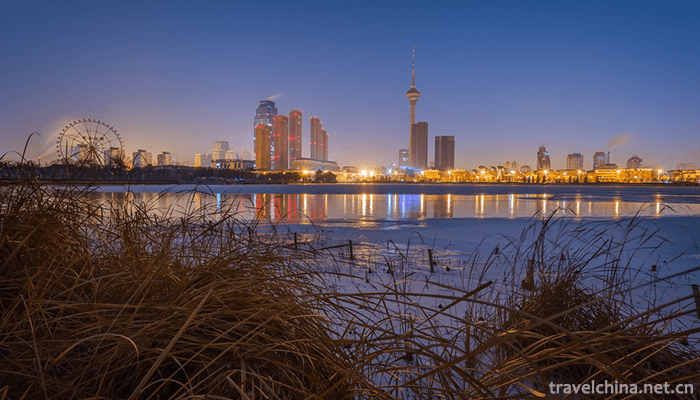
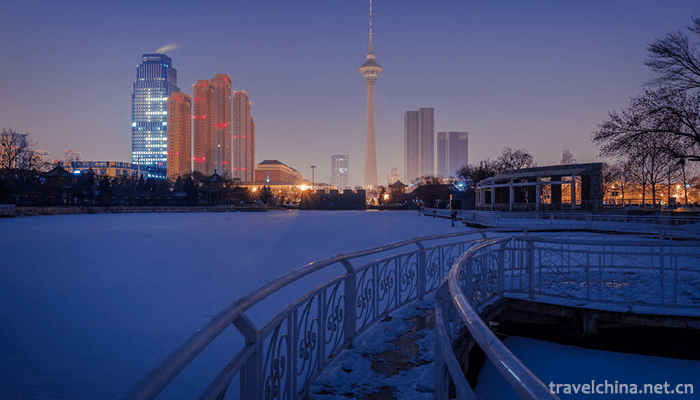
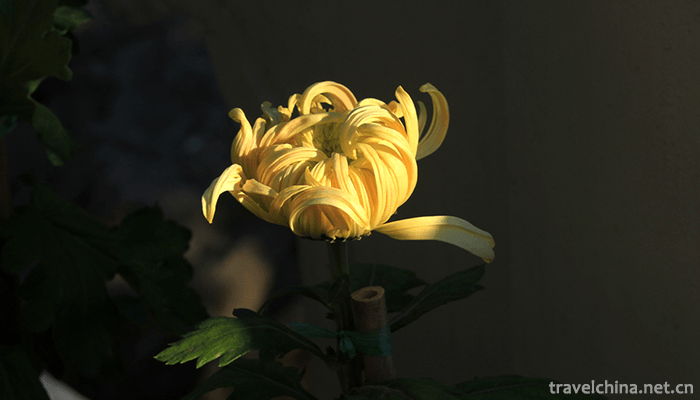
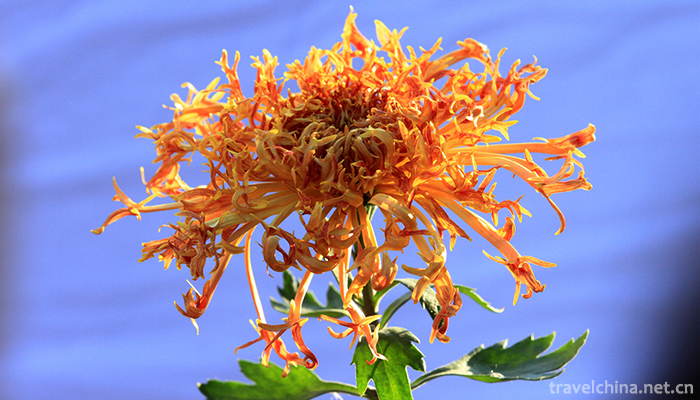
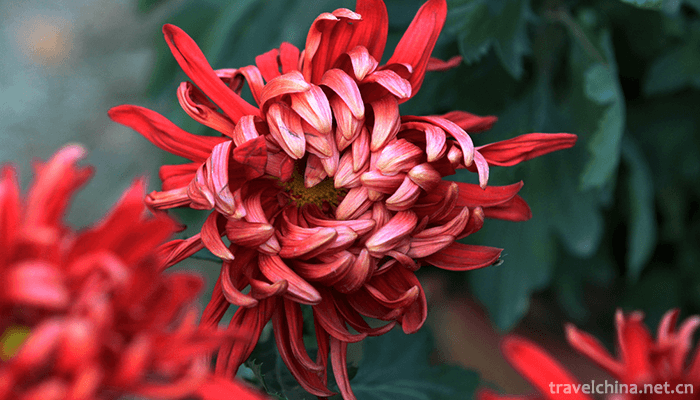
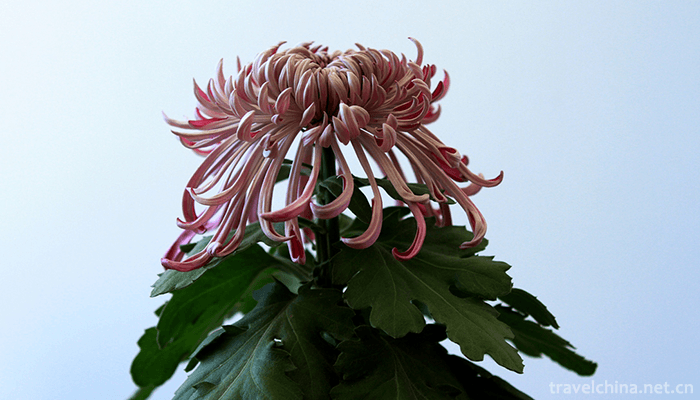
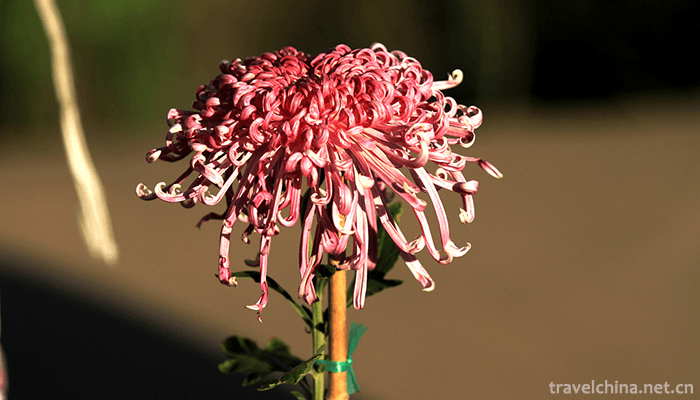
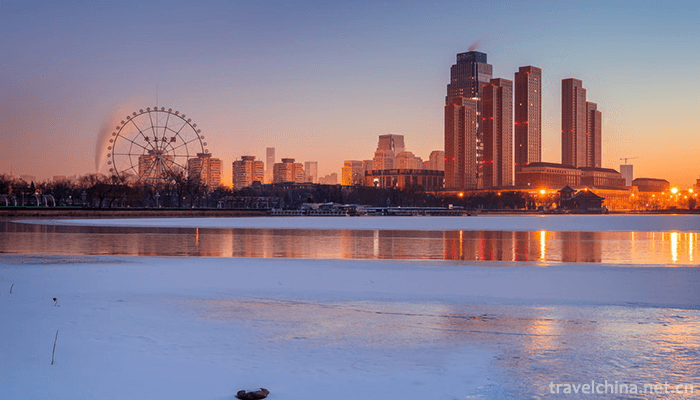

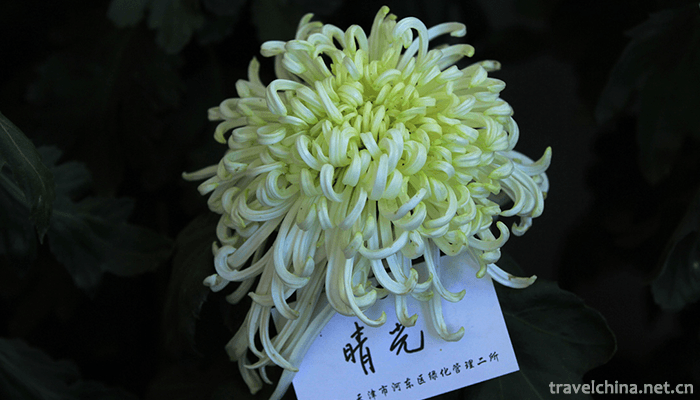
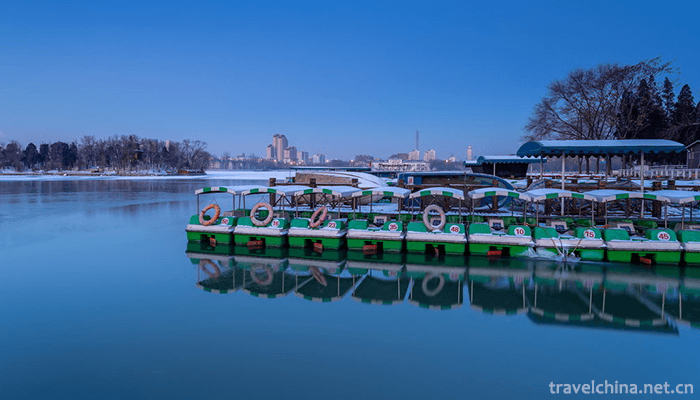
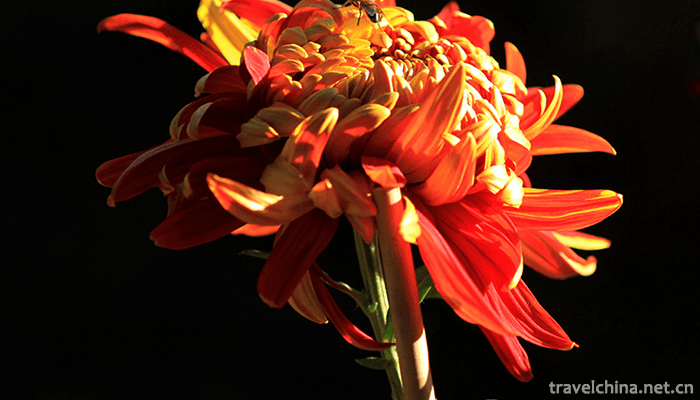
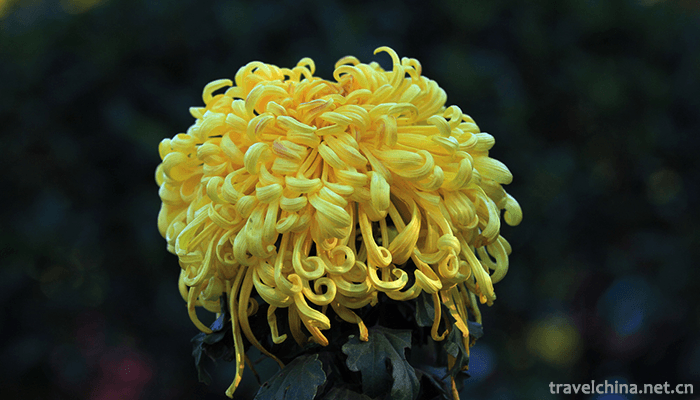
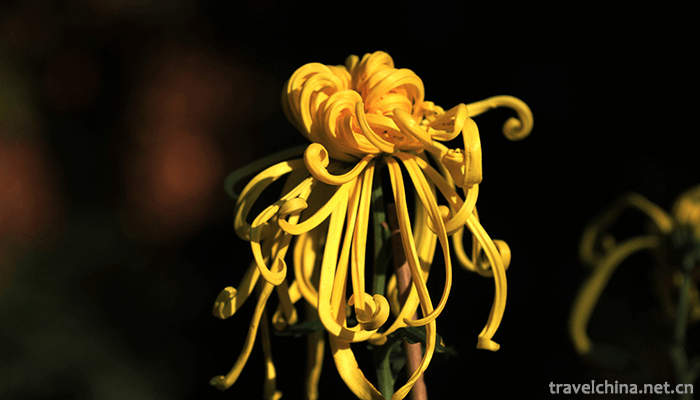
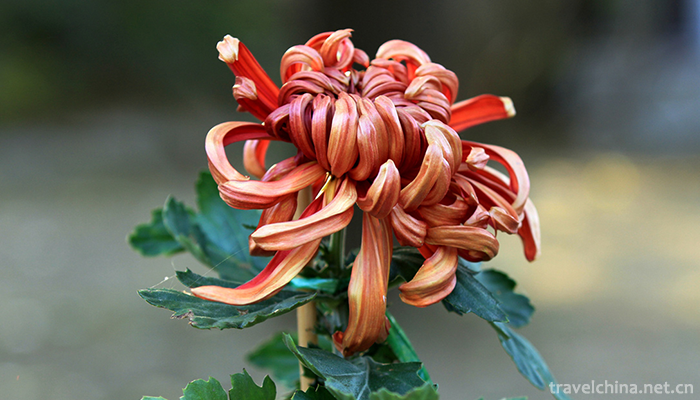
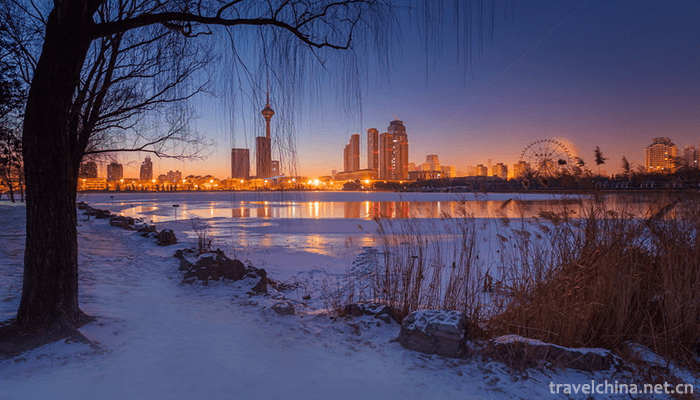
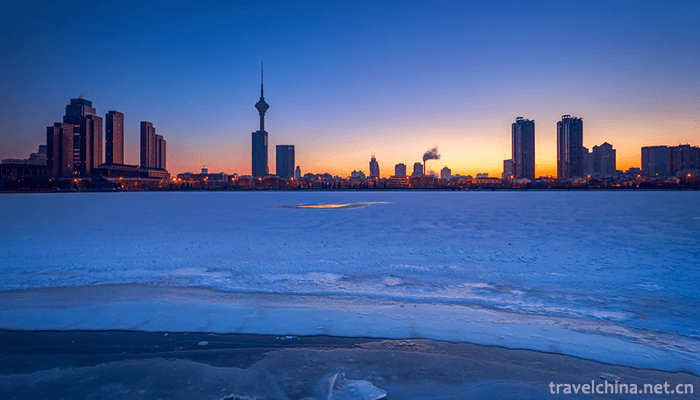
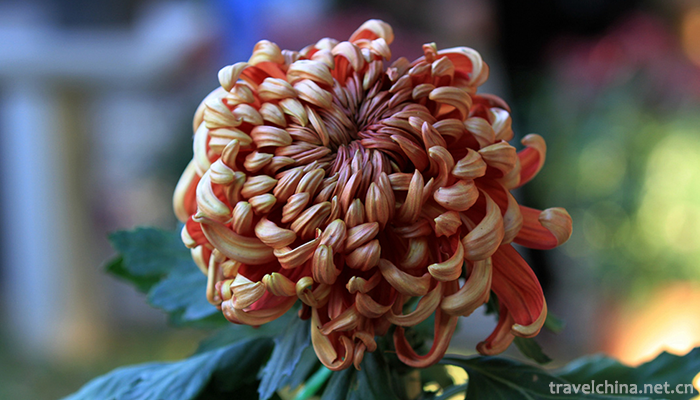

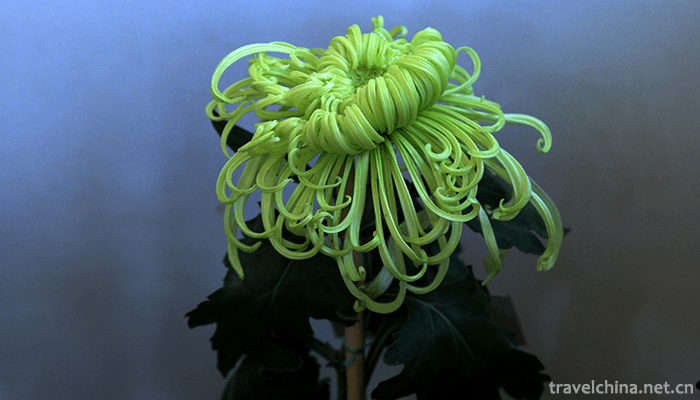

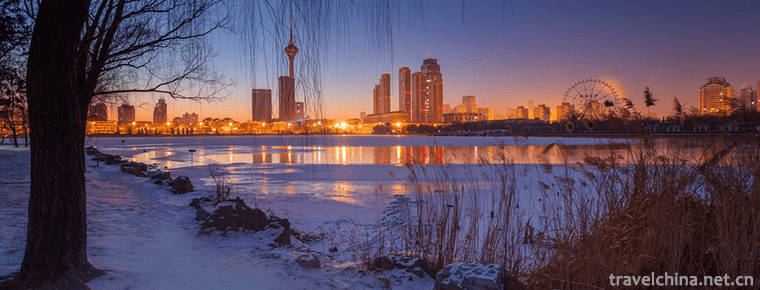
-
1.Red Cooked Chicken Daokou Style
Red-Cooked Chicken, Daokou Style is one of the traditional specialties. It is made by Yixing Zhang family roast chicken shop in Daokou Town, Huaxian County, Henan Province
Time 2018-11-26 -
2.Kongtong Mountain Scenic Spot
Kongtongshan Scenic Area is located 12 kilometers west of Pingliang City, Gansu Province. It overlooks Xi'an in the east, Lanzhou in the west, Baoji in the South and Yinchuan in the north
Time 2018-12-12 -
3.Beihai Seabed World
Beihai Seabed World is a national AAAA-level tourist attraction and national marine science education base. It is a large-scale comprehensive ocean hall which mainly displays marine organisms and inte
Time 2018-12-26 -
4.Huaxia City Scenic Spot in Weihai
Weihai Huaxia City Scenic Area belongs to Huaxia Cultural Tourism Group Co., Ltd. It is located in Weihai, a beautiful seaside resort city. It is a large-scale ecological and cultural
Time 2019-02-22 -
5.Zhijin cave
Zhijin Cave, located in Guanzhai Miao Township, Zhijin County, Guizhou Province, is located on the South Bank of Liuchong River, one of the sources of Wujiang River, 120 kilometers away from Guiyang,
Time 2019-03-18 -
6.Fouriers Magic
Fu Tenglong, a national first-class actor and famous magic performer, is a member of the art team in the 1950s. Fu Tenglong was born in a magic family. He is an international magician who integrates p
Time 2019-05-04 -
7.Leting drum
Music Pavilion Drum is a representative form of traditional music drum book and drum music in northern China. It is widely spread in eastern Hebei, Beijing, Tianjin and northeastern Liaoning, Jilin, H
Time 2019-05-11 -
8.Qiyang minor
Qiyang in the north of Yongzhou is a kind of traditional opera widely spread. After a long period of evolution and development, it has formed a traditional folk art form with strong local color,
Time 2019-06-10 -
9.Woodbugle
Forest chant is a traditional folk song in Northeast China. It is a kind of song sung by woodcutters who are engaged in carrying wood in the forest. As the saying goes, "trumpet". At present
Time 2019-06-12 -
10.Four Seasons Production Adjustment
Four seasons production tune includes five units: introduction, winter, spring, summer and autumn. The introduction emphasizes the significance of the four-season production tune inherited by the ance
Time 2019-06-16 -
11.Tongwei Opera
Tongwei Xiaoqu Opera is a kind of traditional Xiaoqu Opera popular in Tongwei County. In the Ming and Qing Dynasties, Tongwei folk artists absorbed various flavors of Longdong Daoqing, Wanwanwanqiang
Time 2019-06-21 -
12.Uygur Residential Architecture Skills Aiwan Sailai Residential Construction Skills
Uygur Aiwan Sailai dwellings are mainly distributed in towns and villages along the desert edge of the Tarim Basin, especially in Yutian, Moyu, Minfeng, Pishan, Hetian, Shache and Kashgar along the so
Time 2019-06-26